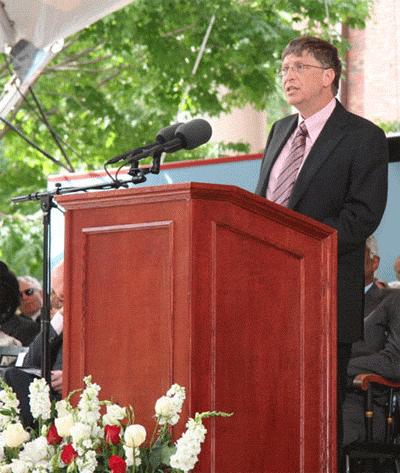比尔·盖茨:永远别向复杂低头
改变世界的阻碍,并非人类的冷漠,而是世界的太过复杂性。
为了将关心转变为行动,
就算我们真地发现了问题所在,也不过是迈出了第一步,接着还有第二步:那就是从复杂的事件中找到解决办法。
从复杂中找到解决办法可以分为四个步骤:确定目标,找到最高效的方法,发现适用于这个方法的新
在发现问题、找到解决方法之后,就是最后一步——评估
但是如果你想激励其他人参加你的

对应原句:
The barrier to change is not too little caring; it is too much complexity.
To turn caring into action, we need to see a problem, see a solution, and see the impact. But complexity blocks all three steps.
If we can really see a problem, which is the first step, we come to the second step: cutting through the complexity to find a solution.
Cutting through complexity to find a solution runs through four predictable stages: determine a goal, find the highest-leverage approach, discover the ideal technology for that approach, and in the meantime, make the smartest application of the technology that you already have — whether it's something sophisticated, like a drug, or something simpler, like a bednet.
The final step – after seeing the problem and finding an approach – is to measure the impact of your work and share your successes and failures so that others learn from your efforts.
But if you want to inspire people to participate, you have to show more than numbers; you have to convey the human impact of the work – so people can feel what saving a life means to the families affected.
比尔·盖茨在哈佛大学毕业典礼上的演讲全文:http://www.gatesfoundation.org/MediaCenter/Speeches/Co-ChairSpeeches/BillgSpeeches/BGSpeechHarvard-070607.htm



 浙公网安备 33010602011771号
浙公网安备 33010602011771号